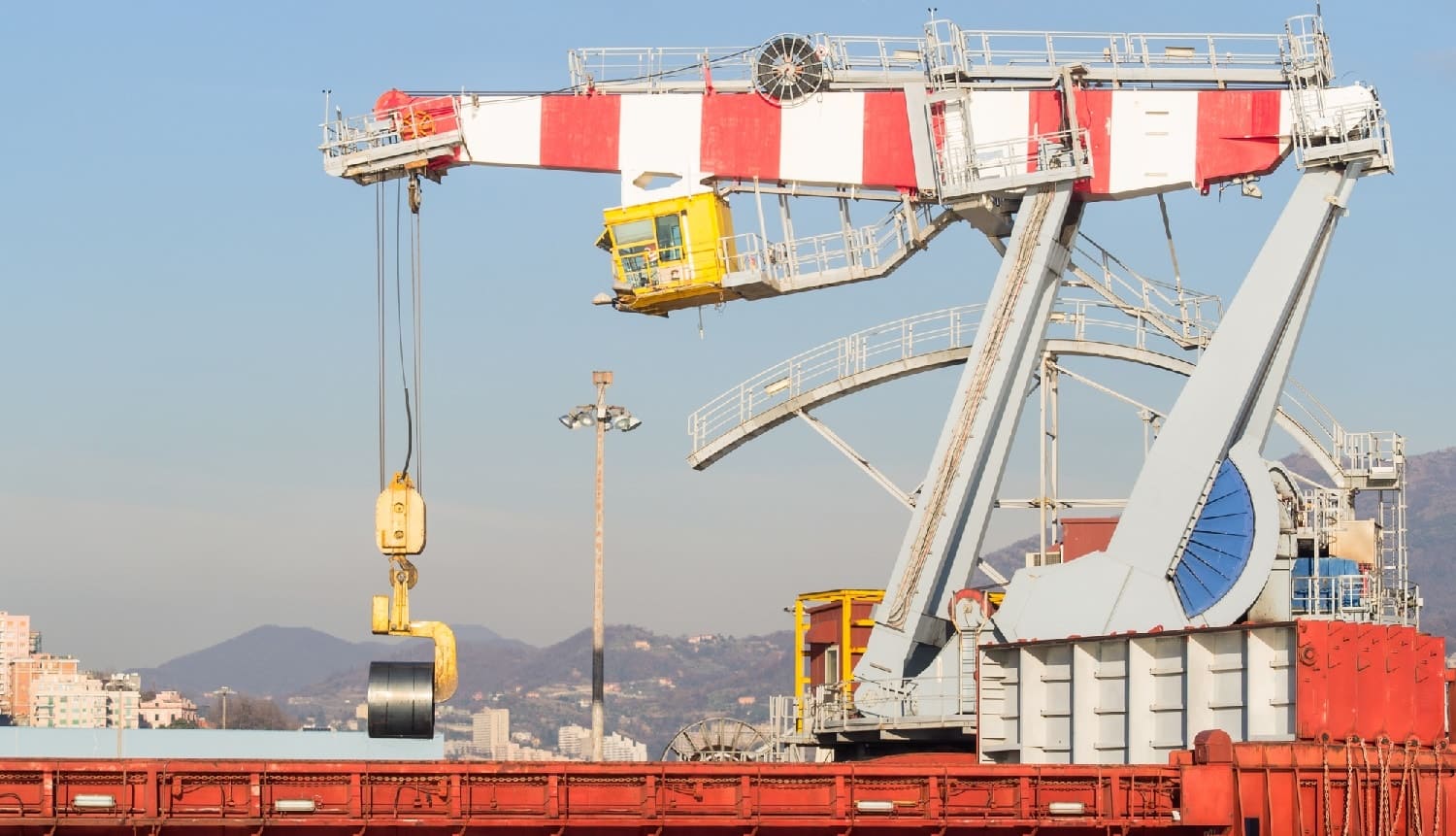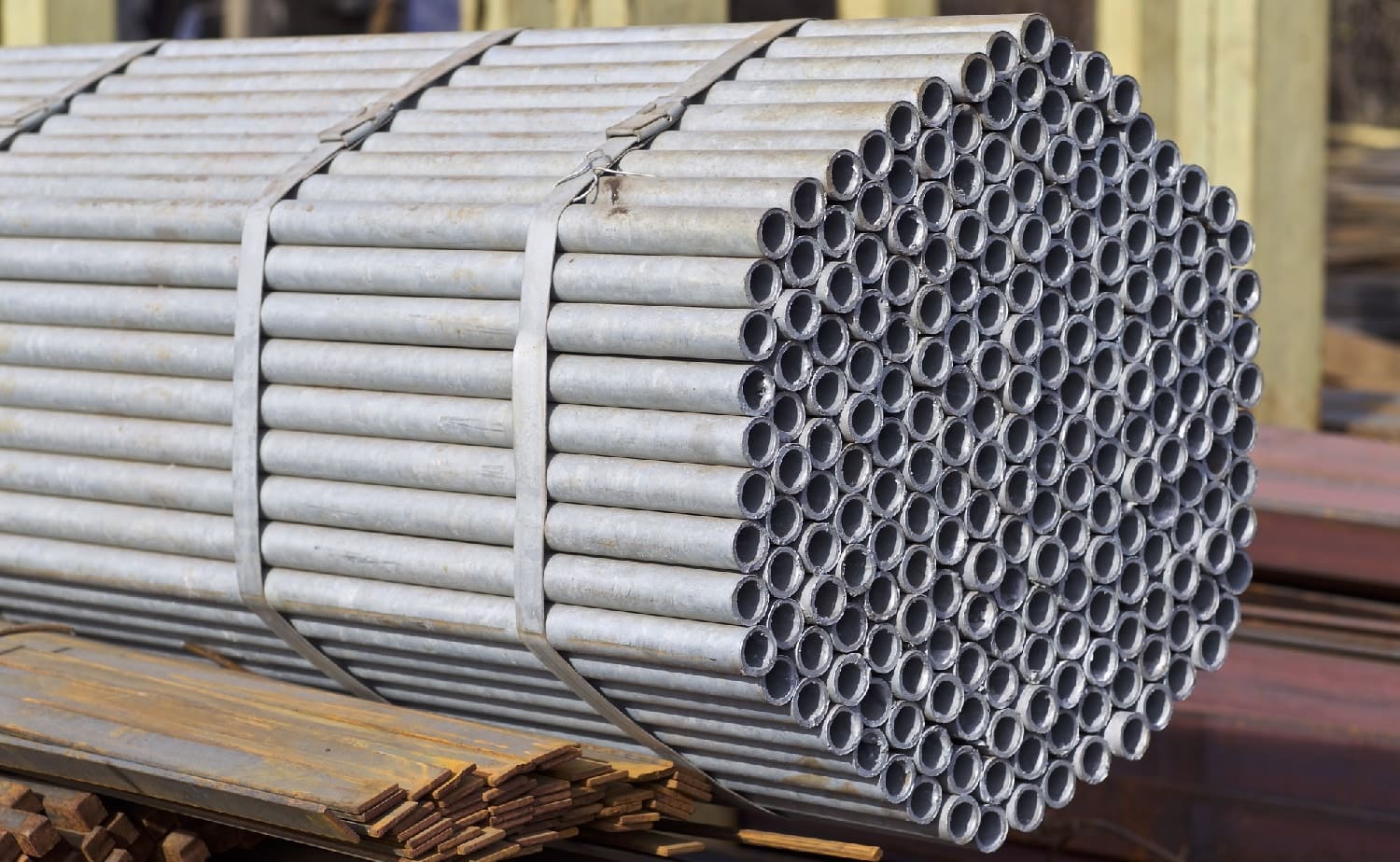Metinvest’s rolled steel products are already packaged when they enter the retail network or wholesale market. While steel products are manufactured in just a few Ukrainian cities, they are sold in almost every regional or district centre. Even more Ukrainian rolled steel products are exported abroad. That is why they should be delivered to the warehouse of a trader or end-consumer in apparent good order and condition.
However, on their way, steel products encounter factors than can deteriorate their quality. A lot depends on the means of transport (automotive, railway or sea transport), number of reloading operations and equipment used during these activities, as well as storage conditions. That is why products, especially ones with high value added, are packaged immediately at the plant, right after manufacturing.
What to protect rolled steel products from
Collisions and impacts can damage products during transportation or loading/unloading operations; vibration during railway or automotive transport can also negatively influence their quality. Climatic zones can change during transportation in the hold of a vessel, while fluctuations in ambient temperature can cause condensate to form, which can lead to corrosion. Rolled steel products can suffer from humidity and rain even during short-distance transportation. A similar effect can arise in case of long-term storage at open-air storage areas.
While these are minor threats for steel slabs or square billets, the marketability and properties of cold-rolled products or rolled products with protective coatings, for example, can suffer heavily as a result of improper transportation or storage.

What determines the type of rolled steel packaging on and how it is chosen
Metinvest Group sells its products both in the Ukrainian market and around the world. In Ukraine, metalware packaging is regulated by the DSTU 3058-95 (GOST 7566) government standard. As a rule, metallurgical companies like Metinvest use such standards to develop internal documents and to approve instructions for rolled steel product packaging.
Materials used for packaging rolled steel products must meet several important criteria: necessary protective properties, durability, light weight, minimal price and environmental friendliness.
Packaging should have a minimal impact on the total cost and weight of the commercial product while reliably protecting steel coils and sheets from damage. Standard and reinforced types of packaging can be used, depending on the means of transport and distance that the rolled steel products will be transported.
Types of packaging materials include steel sheets, wire rod, wire and tape, wooden pallets, special impact resistant plastic, protective paper and film. Other materials like inhibited paper that protects metal pipes, cold-rolled coils and sheets or coated rolled products from corrosion are used for some types of steel products when requested by clients.

How different types of rolled steel products are packaged
Almost all the product mix of commercial rolled steel is packaged at Metinvest enterprises. The only exception are slabs, plates and square billets exported from Ukraine. However, even squares are tied up with wire rod, 2-3 pieces together, to speed up the loading/unloading process.
Longs, shaped products, gauged bars and roll-formed sections are generally bundled or coiled. The cross section of such bundles should look like a circle, rectangle or hexagon. Products of a specified length are levelled in accordance with one of the bundle’s ends. Rolled section steel up to 6 m long must be tied up at least in two points.
Plate and sheet metal packaging also has its own peculiarities. Sheets are bundled tight and tied up lengthwise and crosswise at certain intervals, which can be either standard for a manufacturer or specified together with a consumer when taking an order. Wooden bars or pallets must be attached below many types of sheets to prevent sheet distortion during transportation.
Bundles of cold-rolled and galvanised sheets are packaged into steel boxes manufactured from a cheaper rolled steel to ensure the mechanical protection of commercial products. When transporting sheets, the top and bottom sheets of the bundle can also form part of the actual packaging. However, in this case, they are excluded from the order volume.
It is worth mentioning that hot-rolled steel products are only protected from mechanical damage: they are strapped down. However cold-rolled and galvanised coils should also be protected from corrosion. That is why in addition to bands they are packaged into inhibited paper, film and metal or plastic structure. Packages consisting of external and internal cylinders equal to external and internal coil diameters are usually used for this. Coils are closed on both ends by ring-shaped caps that cover the rolled products completely.
Packaged coils are installed on wooden pallets or slide rails and secured tightly with packaging bands This helps to avoid shifting or damage during transportation in a truck body or on a railway flatcar.
Evolution of rolled steel product packaging
While there have been no significant changes in rolled steel product packaging technology in recent years, the design of elements, types of packaging materials and methods of their arrangement are constantly changing.
All over the world, the rolled steel product packaging process is gradually becoming mechanised and automated. Special technologies and equipment utilising multi-sensor and multi-controller robotic systems have been developed for this purpose. A similar line is installed at Ferriera Valsider, one of Metinvest’s Italian enterprises. At the Group’s Ukrainian enterprises, the process of banding hot-rolled coils has been mechanised.
Rolled steel product packaging must first of all be reliable, durable and informative. But sometimes it can also be as bright as a shoe box from a boutique, forming part of a manufacturing company’s corporate style.
